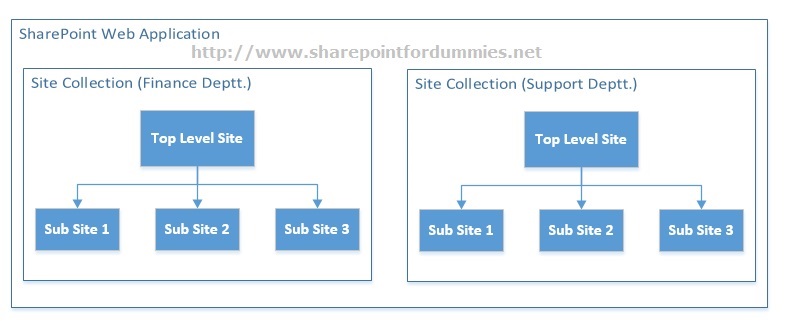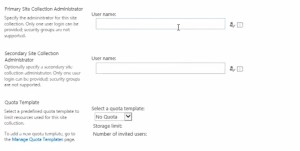This SharePoint for dummies tutorial is part-3 in series of “What’s New in SharePoint 2013“. This post is focused on new and updated features for administrators in SharePoint 2013. In previous parts we discussed new features targeting End Users as well as Developers that you can find here:
SharePoint 2013 comes with a variety of tools that you can use to see that the health and security of your working environment. Its administrative tools are tailored to enhance functionality and performance. It comes with numerous which are aimed at streamlining the work of a farm administrator. The following features are found in the Administration mode of SharePoint. We will explore new and updated features in all major areas including Central Administration, App Management, Power Shell, SharePoint Designer, Identity Management, Performance and Scalability as:
Central administration – SharePoint 2013
- Application Management: this is where you can manage web based applications, site collection, service applications and database management.
- System Settings: modify and customize settings for your server, email, SMS and general farm management.
- Monitoring: health analysis, timing of jobs and reporting.
- Security: users, information policy, general security.
- Backup and Restore: general security issues, users and information policy.
- Apps: Sharepoint, App management and office store.
- Upgrades and mitigation: the upgrade and patch management is done here.
- General Settings for Applications: SharePoint designer, content deployment, external server connections, report server settings, info Path forms services.
- Configuration wizards: The farm configuration Wizard is the only wizard.
SharePoint 2013 PowerShell
- PowerShell 3.0 (web access, tab completion, Task scheduler integration).
- Better code writing.
- Easily update help documentations.
- More than 300 New cmdlets.
Identity Managment in SharePoint 2013
- Streamlined usage process of claims based authorization.
- Authorized users allowed to use system.
- Claims based identity plus authentication is supported.
- All IIS as well as options for Windows authentication are supported including Digest, certificates, Basic and NTLM.
SharePoint 2013 with new App management features
- Buy apps directly from Microsoft SharePoint App using the Central Administration.
- Management of all app licenses is possible.
- Monitoring of the performance of all the apps.
- Management and control app permissions.
- Management of the App catalog.
SharePoint 2013 Designer
Create your own SharePoint landscape that has features of the advanced 2013 version of SharePoint Designer. Web design tools are also available which enables you to customize page layouts, integration of line business data, automation of manual processes using workflows as well as coming up with business solutions.
This is due to the following new features:
- The latest HTML 5 as well as CSS support feature.
- Advanced designer interface.
- Integration of loops and workflow stages in workflows.
Performance & Scalability – SharePoint 2013
SharePoint 2013 comes with various performance enhancements and scalability which include speed and elasticity improvements. For example, the server response is 50 % faster than it was in the previous version and the Active Directly is 10x faster.
Other SharePoint and related Articles:










